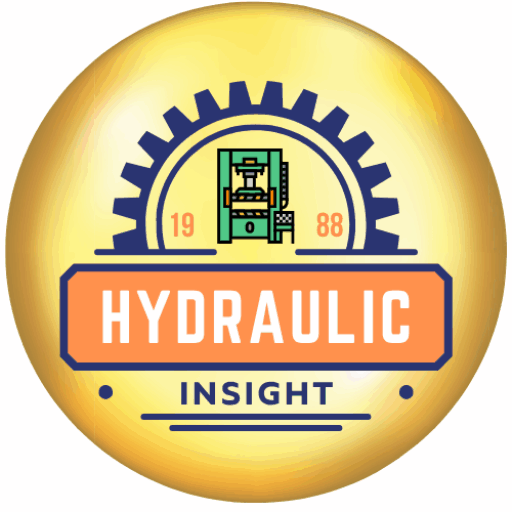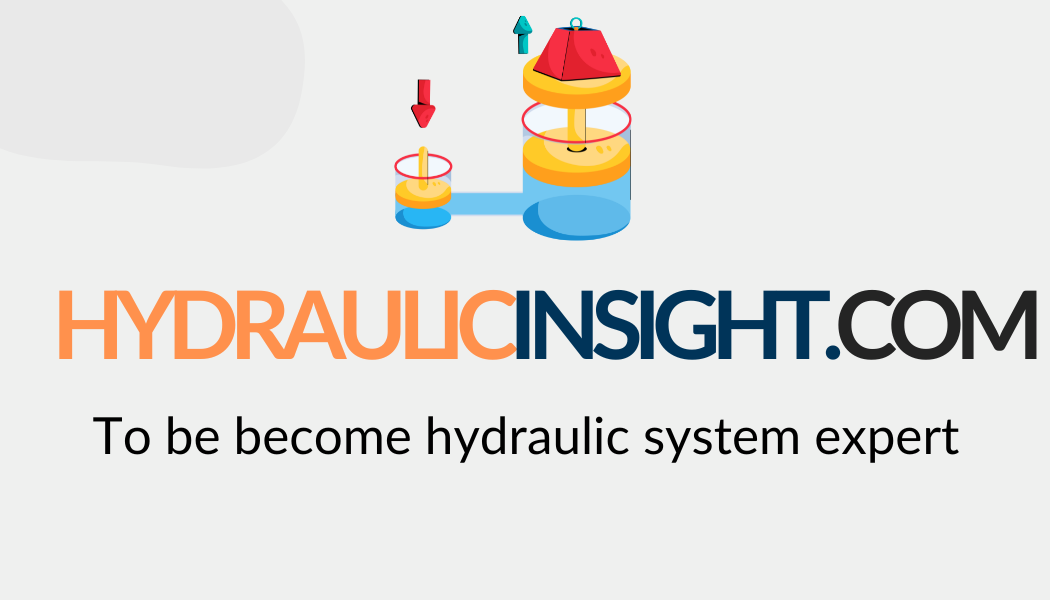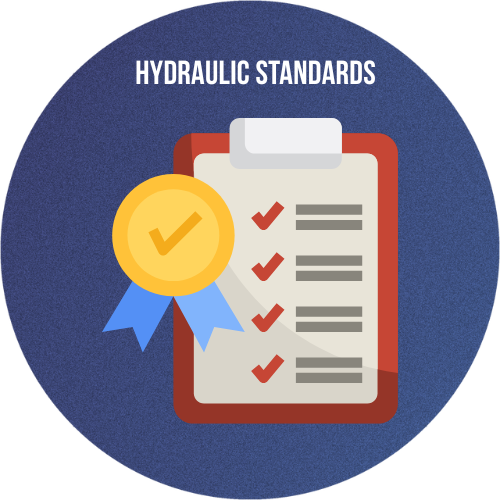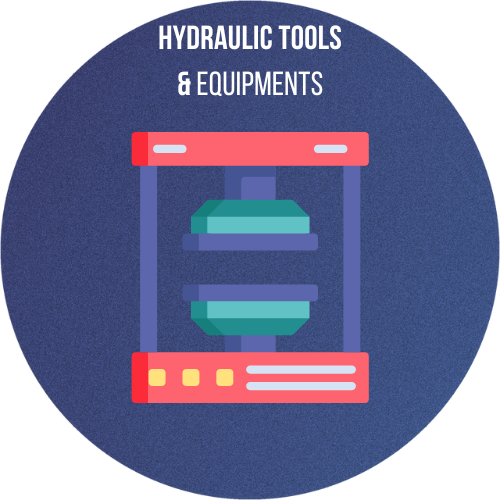
Hydraulic cylinders are essential components in countless industrial applications, powering everything from heavy construction equipment to precision robotics. These mechanical actuators convert the pressure and flow of hydraulic fluid into linear motion and force. Whether lifting, pushing, pulling, or pressing, hydraulic cylinders are the workhorses behind many modern machines.
The principle behind hydraulic cylinders is relatively simple yet highly effective. They use fluid pressure, typically oil, to generate a linear force. This makes them ideal for tasks that require consistent and powerful motion. From manufacturing plants to farming equipment, the reliability and strength of hydraulic cylinders make them indispensable in various sectors.
What makes hydraulic cylinders particularly valuable is their versatility. They come in multiple sizes, configurations, and designs, tailored for different force outputs and motion needs. As technology evolves, hydraulic cylinders have also adapted — incorporating sensors, advanced materials, and even IoT capabilities for smarter monitoring and automation.
In this comprehensive guide, we will explore everything you need to know about hydraulic cylinders. You’ll learn about their internal components, different types, how they operate, and where they are most commonly used. We’ll also cover essential maintenance tips, how to troubleshoot common issues, and what to consider when selecting a hydraulic cylinder for your application.
Whether you’re an engineer, technician, equipment buyer, or simply curious about how hydraulic systems function, this article will serve as your go-to resource for understanding hydraulic cylinders from the ground up.


 HYDRAULIC BASICS
HYDRAULIC BASICS  HYDRAULIC COMPONENTS
HYDRAULIC COMPONENTS  HYDRAULIC SYSTEM
HYDRAULIC SYSTEM  HYDRAULIC SYMBOLS
HYDRAULIC SYMBOLS  HYDRAULIC STANDARDS
HYDRAULIC STANDARDS  HYDRAULIC CALCULATORS
HYDRAULIC CALCULATORS  HYDRAULIC TOOLS
HYDRAULIC TOOLS  BUYER’S GUIDES
BUYER’S GUIDES 




